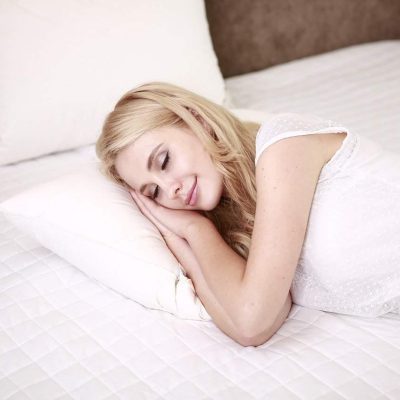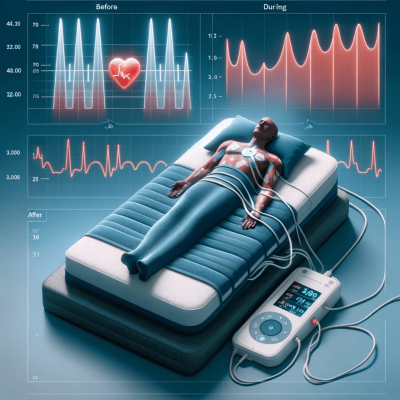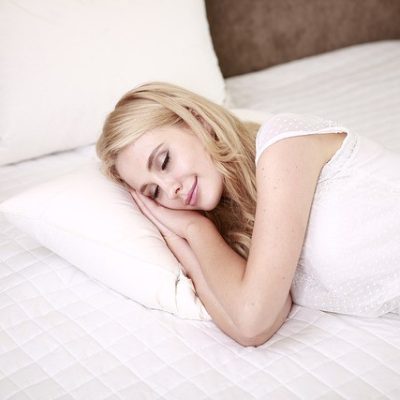Do I need to maintain my CPAP device? How often to change the CPAP filter? Do I need to clean my nosepiece?
These are some of the most common questions when people first start using a Continuous Positive Airway Pressure, or CPAP.
We’re here to tell you that you need to clean your CPAP equipment regularly and replace specific components. Some of the most common problems you’ll probably face using a poorly maintained device include:
- Skin irritations such as rashes or pressure sores.
- Aerophagia (the medical term for eating air) leading to gas or bloating.
- Stuffy nose and nose bleeds
- Dry mouth
- Stuff nose
- Mouth, sinus, and lung infections from accumulated germs and bacteria.
- In some cases, more severe health issues such as fatigue, heart arrhythmias, and high blood pressure have been reported when the CPAP device is poorly maintained or used in a defective state.
Below, we’ll discuss how to take good care of your CPAP device. We’ll go over how often to change the filter on DreamStation 2 and other CPAP machines.
Table of Contents
ToggleWhat CPAP Equipment Parts Need Maintenance?
The CPAP Mask
The mask is the part of the device that covers your nose and mouth, depending on your device’s model. It transports pressurized air to the airways. It’s crucial you keep your mask in top condition, as it significantly affects your CPAP machine’s performance. Once you notice any leaks on your mask, or it’s suddenly become uncomfortable — it’s time to replace the mask. You can explore getting a different model if you think it’s uncomfortable due to the mask’s style.
How Often Should You Replace Your Mask?
It would be best if you changed your CPAP mask every three months.
The Filters
The CPAP filters ensure the air transported to your airways is clean and free of particles, irritants, and allergens. Most devices come with two types of filters. It would be best to change both regularly to prevent the device from delivering impure air to your airways. With use, they either get clogged or wear out. In dusty or humid environments, these filters wear out fast. You need to inspect the filter for signs of discoloration, wear and tear.
How Often to Change the CPAP Filter?
Your replacement frequency is dependent on the type of device you use. Older Respironics devices come with a reusable foam filter. You should, however, replace the foam filter every six months. This device also has a white-colored paper filter that you’ll find underneath the initial filter — you should change it every two weeks.
Newer CPAP devices such as the ResMed AirSense CPAP machine come with a paper filter that should be changed every two weeks.
The Headgear and Chinstrap
These two parts secure your mask when in use. They come with Velcro straps that wrap tightly around your chin and head. These straps are made of Neoprene, a stretchy material that allows the mask to adjust to the shape of your head. Over time, the straps lose elasticity and become permanently stretched. At this point, the mask won’t fit your face probably, leading to air leaks. Furthermore, oil and dirt from your skin and hair might accumulate and discolor the straps.
How Often Should You Replace the Headgear and Chinstrap?
You should change these components every six months. You can use a [CPAP cleaner] to keep the straps clean, but you must replace them with new parts after six months.
The Tubing
Your CPAP machine will either have standard or heated tubing. The tubing acts as a passageway for the pressurized air from the machine to your mouth. No matter the type of tubing you have, it wears down with age. As it ages, tiny cracks appear between the coils. This results in a pressure drop. The tubing can also get dirty with use. If you don’t change this component, you risk breathing in contaminated air, leading to throat or lung infections.
How Often Should You Change the Tubing?
You should replace the tubing after three months of usage. Using it beyond that reduces the efficacy of the CPAP treatment.
The Humidifier Water Chamber
The humidifier water chamber moistens and warms the air pushed into your mouth. This prevents issues such as dry mouth or throat. Not every device comes with a humidifier. If it does, it is either attached (which means it’s detachable from the machine) or integrated into the device. Something to note — it’s best to purchase one that has a humidifier as that can make a massive difference in the quality of your CPAP treatment regimen and experience.
With use, the water chamber might develop discoloration due to mineral and dirt buildup. It can also develop cracks. These cracks might trap dirt and bacteria, affecting the overall quality of your device.
We recommend using distilled water to reduce the risk of bacteria and mineral buildup.
When Should You Replace the Humidifier Water Chamber?
Change the water chamber after six months. Within those six months, endeavor to remove and clean the water chamber occasionally. You can do this every thirty days. You should also change the water daily.
What About the CPAP Device?
Yes, you also need to replace the device at some point. Your device warranty only lasts for one year, so you should consider getting insurance coverage that kicks in once the warranty of your CPAP machine expires. If you travel a lot, the machine will often degrade faster, so you may want to get a backup device.
When Should You Replace Your CPAP Machine?
The average lifespan of a CPAP machine is 5 – 7 years. So, depending on the frequency of use or exponential improvements in technology, you should aim to replace the device every 3 – 7 years.
Bottom Line
The filter has a reputation of being the most important CPAP part to clean. But how often to change the CPAP filter depends on the filter you’re using. If you have a foam filter, you can expect to change it every six months. If it’s paper, then every two weeks is best.
However, do not forget to clean and maintain every part of your CPAP machine! The chinstrap is just as important to keep in pristine condition as the tubing.
Keep this guide in mind so your CPAP is always as clean and efficient as possible.








